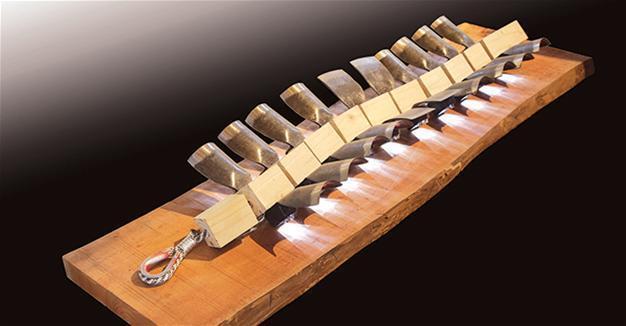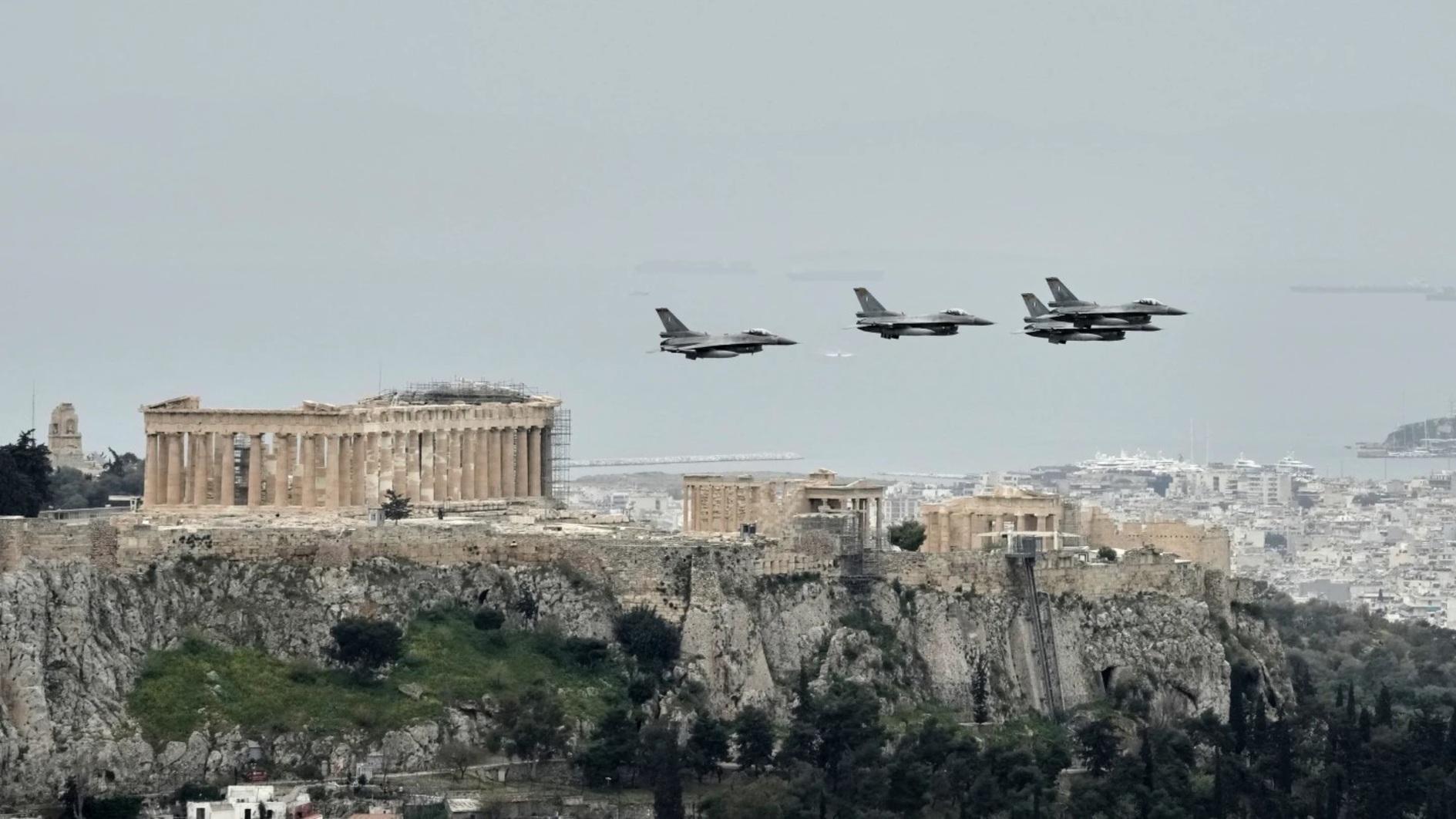Erotic nature at Pera Museum
ISTANBUL
 Pera Museum’s new exhibition “José Sancho: Erotic Nature” presents the sculptures of José Sancho, a Costa Rican artist with a unique conceptual style.
Pera Museum’s new exhibition “José Sancho: Erotic Nature” presents the sculptures of José Sancho, a Costa Rican artist with a unique conceptual style. Presented in collaboration with the José Sancho Foundation, the exhibition is curated by Maria Enriqueta Guardia-Yglesias.
The selected works of Sancho focus on themes of nature, animals and figures, reflecting an internalized universe. The sculptures depict plants, animals and especially the female body – although all themes have been the special focus of the artist since the beginning of his career.
Sancho’s sculptures reflect the endless diversity of the animal world with all the unique qualities of each species, which are transformed into rather abstract shapes. With their curvaceous forms, female bodies reflect a natural liveliness. The sculptures are mostly made of wood, metal, and marble.
Guardia-Yglesias said Sancho used a theme that has been exploited many times over the centuries but that his creativity “rejuvenated” the art, establishing a strong universal relationship between nature and humanity.
Sancho created his first sculpture, “The Scorpion,” in 1974, using metal scraps and taking inspiration from Pablo Picasso’s “Bull’s Head.” The same year, he presented his first exhibition with the metal scrap sculptures in the garden of the National Theater in San José, Costa Rica’s capital.
Sancho was publicly recognized as an artist for the first time after he received the Ancora de Oro award from the daily La Nacion. During this period, the artist travelled to Romania to study the monumental works of Constantin Brancusi and to Italy to learn direct carving techniques using marble and granite.
He received a gold medal at the Plastic Arts Exhibition of the Costa Rican Culture Ministry in 1978, and a mention at the ministry’s sculpture exhibition in 1980. His first exhibition of sculptures made by carving wood and stone was organized at the National Museum of Costa Rica.
He received numerous awards and began to present more of his work. The exhibition “Animalistic Collection” was composed of 62 works at the Costa Rican Art Museum center in 1993. The next year, he began creating a sculpture garden at his studio, which was also his home, in Escazu, Costa Rica.
Sancho began creating abstract plant figures of monumental scale in 2003. Some of these works have been placed in the gardens of the Central Bank and the Costa Rican Art Museum as well as the Peace Park in San José.
In 2010, the José Sancho Foundation was founded with the aim of preserving and disseminating the legacy of the artist and to support students of sculpture through various scholarships.
In 2014, the University of Costa Rica opened the Sculpture Park with nine sculptures by the artist that were made of granite, iron and marble and depicted animalistic themes.
The university also started a scholarship program in 2015.
The exhibition “José Sancho: Erotic Nature” can be seen through Aug. 6.
















